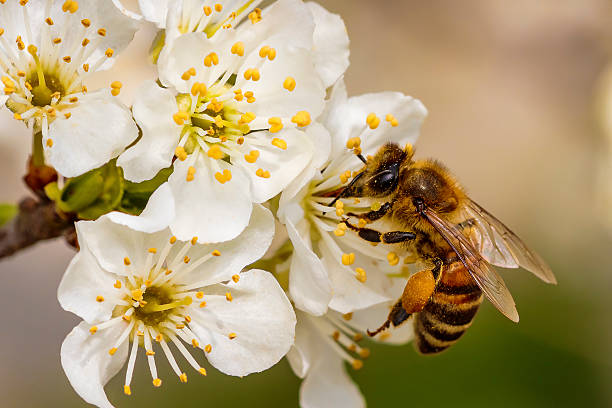I never gave bugs much thought, but now I think about them a lot.
I don’t remember when it started really, but one day, I realized that you didn’t see common insects like fireflies or Monarch Butterflies the way we once did. That same summer, I kept watch for the latter, and, realizing I could count on my hands how many I’d seen and still have fingers left, I was troubled. Reasons vary for the rapid decrease in numbers, but it’s largely habitat loss and, more specifically, loss of common milkweed, which is vital to the Monarch Butterfly.
It just so happens that, down the road from us, there’s a small meadow along the roadside that is loaded with milkweed. At least it is right up until the county highway crews came along and mowed it each year. This bothered me, but since it doesn’t belong to us, there’s ultimately little I could do. It occurred to me to maybe write the county or the landowner to ask them to stop mowing it. But then I looked at our own property, namely the huge section of field across the road, which was mowed to a well manicured lawn and I realized I was being a bit of a hypocrite.
As sometimes happens in life, about that time the solution came along when I least expected it. On one of the gardening shows on PBS that I enjoy, they covered the topic of planting wildflower gardens. The episode showed them planting a small patch in someone’s yard, but the seed company specialized in larger plots as well.
Suddenly I knew what I was going to do.
In 2024 I tilled up already large section of that once well mowed field and planted a native wildflower seed mix in the hopes of giving our pollinator friends a place to eat. The results were tremendous:

The field seemed to come alive not only in color, but also with life as insects and other animal species flourished. Hummingbird moths, an insect I’d never seen or took note of before, made an appearance. As did multiple species of butterflies, including the Monarch.

I’d also gotten in contact with the landowner down the road to ask if I could transplant some of the milkweed, which he was more than happy to let me do. I even got the guy who mowed the roadsides to hold off mowing until I could get to it, though my suggestion to perhaps not mow it at all didn’t help. And so once again all of that milkweed, except what I could dig up ( and oh what a pain in the ass that was ) was mowed down.
A successful year under my belt, plans were made and seed bought for a second wildflower plot to be established. This one would be nearly as large as the first. But the problem of that plot down the road remained until this year, when the county highway department needed to do some work that involved our property. I took that opportunity to ask them about the meadow down the road. I was told if “Please Do Not Mow” signs were put up, and the county right of way ( 25′ from the middle of the road ) were honored, it could be left alone. The only issue was, I don’t have any rights to the property. But what I did have was the owner’s number. A quick text back and forth and I had permission to do what needed to be done, adding he was all for helping the Monarchs. For my part, I promised him I would clean up the roadside litter, prune up a tree, and mow along his driveway for him. I told the DPW that I’d mow the right of way and if there was a problem, to please let me know.
So a huge win-win for everyone, including the butterflies, and all it took was a little cooperation between people.
So why am I telling you this? I’m asking for your help, and there’s so much you can do.
If you’re a landowner, consider planting a section of your land with native wildflowers and other beneficial native plants like milkweed. I think you’ll like how it looks and as a bonus, you’ll spend less time mowing. ( I highly reccomend American Meadows for your seed supply. )
Even if you don’t have a large tract of land there’s a lot you can do help. Even planting a small corner of your yard, a 10×10 plot, is better than nothing. Also avoid using herbicides such as Round-Up.
Last, but certainly not least, encourage your municipality to consider letting small meadows grow or not mowing the medians between highway lanes, planting native wildflowers instead. It’s less work for them and better for the bugs. Another win-win.

According to a quick internet search, as of March 2025 the latest species status assessment states that the Eastern Monarch population’s extinction probability ranges from 48 percent to 69 percent within the next 60 years. The predictions for the Western Monarch are even more dire, with a 98 percent to 99 percent probability of extinction.
We can and should do all we can to keep that from happening. And it’s so damned easy.
I hope you’ll join me in trying.

